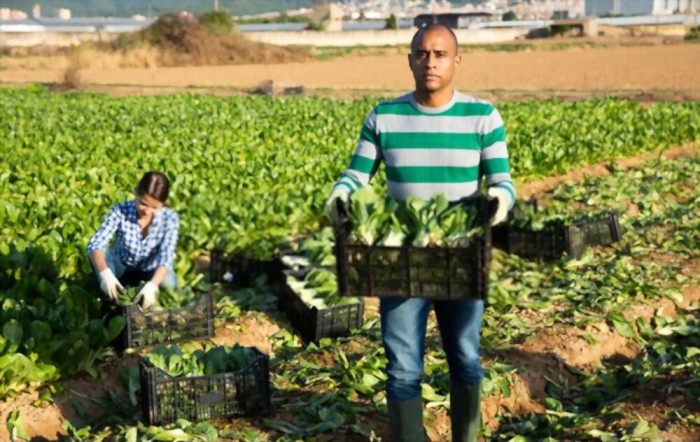
It is true that you can’t control everything when it comes to gardening. But there are so many factors you can affect that will contribute to the higher garden yield.
Here are some of the tricks you can do in the garden and get more and even more frequent yield.
1. Improve soil quality
Improving soil quality is the most important thing you can do for your vegetables.
Simply cover the vegetable garden with compost and hay when the winter starts. When the time for planting comes, the compost will enrich the soil thanks to the snow and rain with nutrients. The deeper you enrich the soil, the healthier plants you will have and, probably, higher yield.
2. Increase surface area
The shape of the beds is also important – dome-shaped beds with sloping slides are giving you more space, which means you can grow more crops on the same surface. This also makes it easier for you to create micro-climate for specific plants because some prefer more shade, for example.
3. Keep it small
In the first year or two, maybe it’s better if you stick to a small plot. Just 4-by-8-foot bed is enough to grow various types of vegetables and also not to feel overwhelmed. You can go even smaller than that – try planting certain vegetables and herbs in containers and keep them on the balcony or terrace.
4.Raise the beds
When you raise the beds, you don’t just get more space but you also enable compost to enter the soil more easily. These two factors combines can significantly increase the yield.
5. Tessellate your crops
Vegetable crops are traditionally planted in rows but that isn’t the best use of space. The roughly tessellating pattern is frequently found in nature and you can mimic it.
Stagger the plants and arrange them in triangle formations – this could give you 10% more crops in the same area. Just make sure you don’t pack the plants too tightly because they could compete too much for the nutrients from the soil that they need to reach full size. Ultimately, it will make them more susceptible to pests.
6. Watering and feeding
Watering seems like an obvious thing but many new gardeners don’t know how much and how to water their vegetables.
You need to water newly seeded beds more frequently while the majority of well-established crops need just two inches of water every week. Make sure you use a long hose to reach every plant and corner equally and keep it neat around a firm hose reel.
To reduce the need for irrigation, you should mulch the soil with a few inches of shredded leaves or straw. As a bonus, the mulch will supress the weeds, as well.
When it comes to feeding, crops that grow quickly, such as lettuce and radish, don’t need any supplements if the soil is fertile. However, veggies that take longer to grow, such as tomatoes and eggplants, prefer a boost a few times during the growing season. You could use water-soluble organic food to encourage higher yield.
7. Use vertical space
You will save space and make your plants healthier if you place vertical trellises and poles at the sides of the beds. You can grow melons, beans, and other similar plants on them. Vertical planting is also not affected by fungal diseases, and harvesting is simpler because you spot vegetables more easily.
8. Add the blooms
Most bugs are your and your garden’s friends, no matter how weird it sounds. Bugs such as ladybugs, butterflies, and bees, and many more, boost crop pollination. So, it’s very important you attract them into your vegetable garden.
Plant insect-friendly plants, for example, zinnias, sunflowers, and sweet alyssum between the veggies and herbs in the garden.
9. Collect rainwater
Rainwater is the best type of water for your vegetable garden because it’s softer and contains fewer contaminants. It also at a PH that suits most of the plants, which will encourage better growth. So, forget about treated water and get barrels to collect as much rainwater as possible. You can even use a connector kit for joining the barrels together.
10. Pest control
Prevention is the best solution when it comes to pests. Protect susceptible plants by placing barriers over them and reduce the appearance of slugs by removing upturned pots and long grass, which is where they usually hide.
You should also plant specific flowers in the vegetable garden, the ones that will attract pests’ natural predators. More precisely, calendula, alyssum, and poached egg plant attract hoverflies and ladybugs, which feed on pests such as mealybugs, mites, and aphids.
Bottom line
Increasing vegetable garden yield can be achieved in many ways. You just need to stick to the plan regularly. Doing one right thing occasionally won’t suffice. A vegetable garden requires your love and attention no matter how many tricks you use from time to time – that’s the surest way to get a higher yield.
